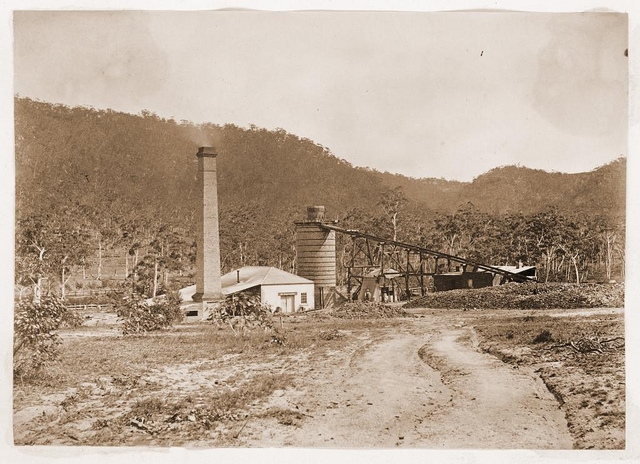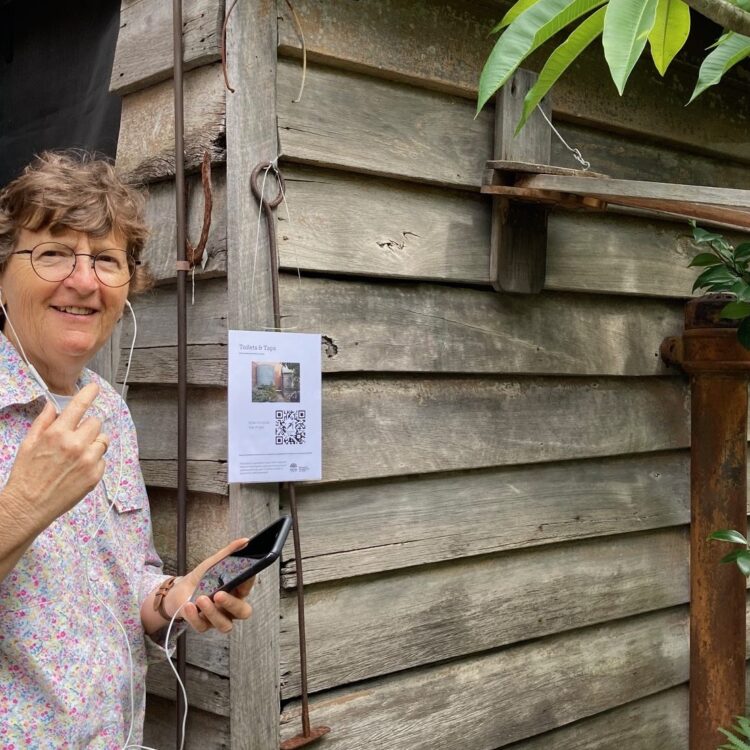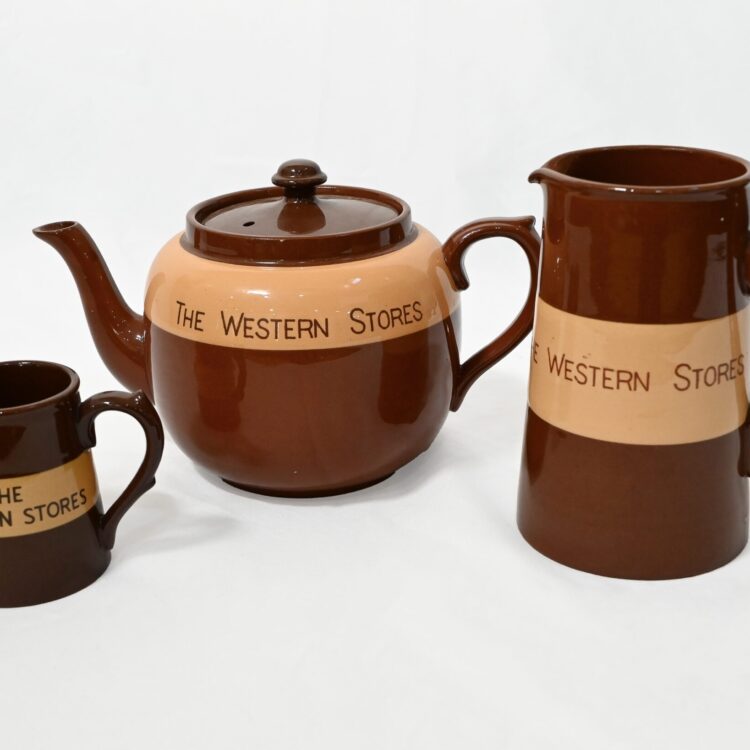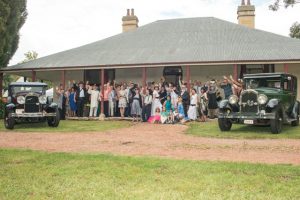
Engine house and blast furnace, Esk Bank Iron Works, c1877
Gift of Royal Australian Historical Society, 1981. Photo: Courtesy of the Powerhouse Museum Flickrstream.
Art world heists and high profile forgeries provide much fodder for great entertainment. Recall the fast-paced opening scenes in the Da Vinci Code or the savvy substitution of the fake for real in the Thomas Crown Affair and they have us sitting on the edge of our seat. Spectacular art thefts also occur in real life both here and abroad. It was only a few years ago that someone walked out of the Art Gallery of NSW with Frans van Mieris’ 17th century A Cavalier tucked under their arm. The painting has never been recovered.
There are other victims of theft that never make the headlines. Small museums holding our cultural treasure don’t escape the eyes of black marketeers, the brazen and the downright greedy. Theft of metal sold for scrap has been a particular problem in recent years as the price for copper and bronze soars. In the black of the night, historic houses have had copper downpipes removed and cast iron gates lifted off hinges with cranes while fellow thieves pose as traffic wardens.
The Lithgow area has had its fair share of trouble in this department – scrap metal theft in the last 12 months has become ‘chronic’ according to this recent Lithgow Mercury article.
Now Eskbank House and Museum, one of Lithgow’s most important heritage sites has been targeted. An anvil weighing between 300 to 350 kilograms anvil along with a number of blacksmith tools were stolen over the Christmas break. The objects were a valued part of the collection having direct links with the industrial history of the region. Such losses are significant–not only do they directly impact storytelling within the museum, but the loss of major objects from small museums amounts to the stripping away of memory and of identity.
In the black of the night, historic houses have had copper downpipes removed and cast iron gates lifted off hinges with cranes while fellow thieves pose as traffic wardens.
Securing a small museum’s collection can be a challenge in an industry with limited funds but much can be done to reduce risks of theft, including following good collection management practices. Having full photographic documentation of the collection is a must. Written descriptions which accompany these along with descriptions of identifying marks providing critical information for any police operation and evidence of ownership once objects are found.
Fingers crossed that this kind of information helps locate the missing anvil. It might have the makings of a good thriller but if you see a ute weighed down with ancient anvil, remember, museum theft makes misery and give Lithgow Police a call on 6352 8399.
If you would like information about improving your museum’s security, contact our Museum Program and Collections Manager.




